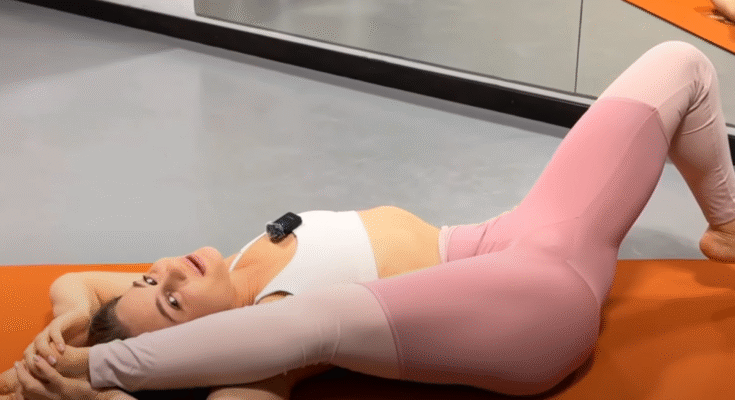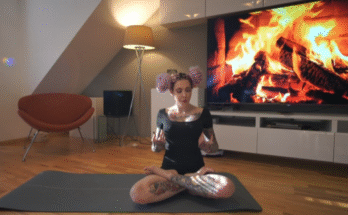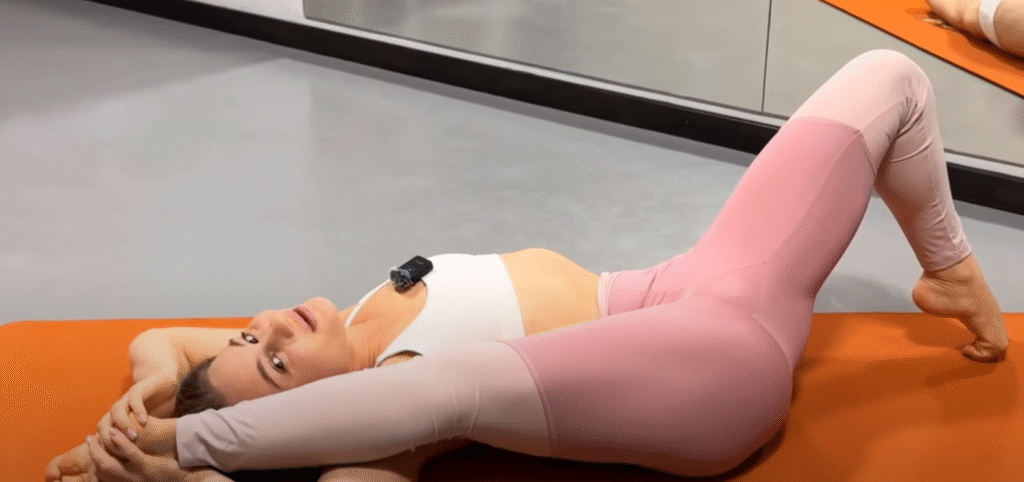
Flexibility is one of the most overlooked components of fitness. People often focus on strength, cardio, or endurance, but mobility and flexibility are what make the body move with ease and prevent injuries over the long term. Among the many goals in flexibility training, the middle split stands out as both a challenging milestone and a transformative practice. It’s not just about being able to drop into the floor—it’s about unlocking hip mobility, leg strength, and functional movement that benefits everyday life as well as athletic performance.
This guide introduces a 3-minute daily yoga flow designed to improve flexibility for the middle splits. The sequence is short, simple, and accessible for both beginners and athletes. Whether you want to open your hips, stretch your legs, or just feel looser after sitting all day, this flow provides a clear and effective path forward. And with 4K-quality guidance, every detail of posture and alignment is crystal clear, ensuring safe and progressive practice.
Why Train for Middle Splits?
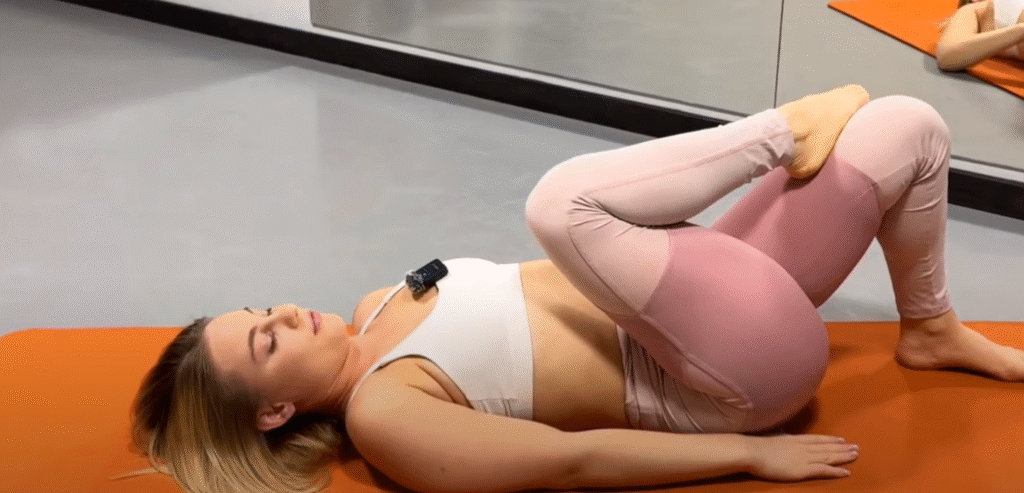
The middle split, also called the straddle split, is more than a flashy pose seen in martial arts or dance. It’s a reflection of overall lower-body mobility and balance between strength and flexibility. Training for the middle split delivers:
- Hip Mobility – Reduces stiffness from prolonged sitting and restores natural movement.
- Hamstring & Adductor Flexibility – Lengthens the muscles that limit your stride and leg control.
- Athletic Benefits – Improves kicking height in martial arts, stride efficiency in running, depth in squats, and balance in gymnastics.
- Injury Prevention – Flexible hips and hamstrings reduce the risk of pulls and strains.
- Postural Support – Strengthens stabilizing muscles around the pelvis and spine.
In short, training toward middle splits isn’t about a single position—it’s about creating freedom in your body.
The 3-Minute Daily Flow
This flow is designed to take just three minutes, making it easy to commit to every day. Practiced consistently, it opens the hips, stretches the hamstrings, and strengthens supporting muscles.
Minute 1: Wide-Leg Forward Fold (Prasarita Padottanasana)
- Stand with your feet wide apart, toes pointing forward.
- Inhale, extend your spine, and exhale as you fold forward at the hips.
- Place your hands on the ground, blocks, or ankles.
- Keep your legs straight and your chest long.
- Hold for 60 seconds.
👉 Benefits: This pose stretches the hamstrings and inner thighs, preparing the body for deeper middle split progressions.
Minute 2: Frog Pose (Mandukasana)
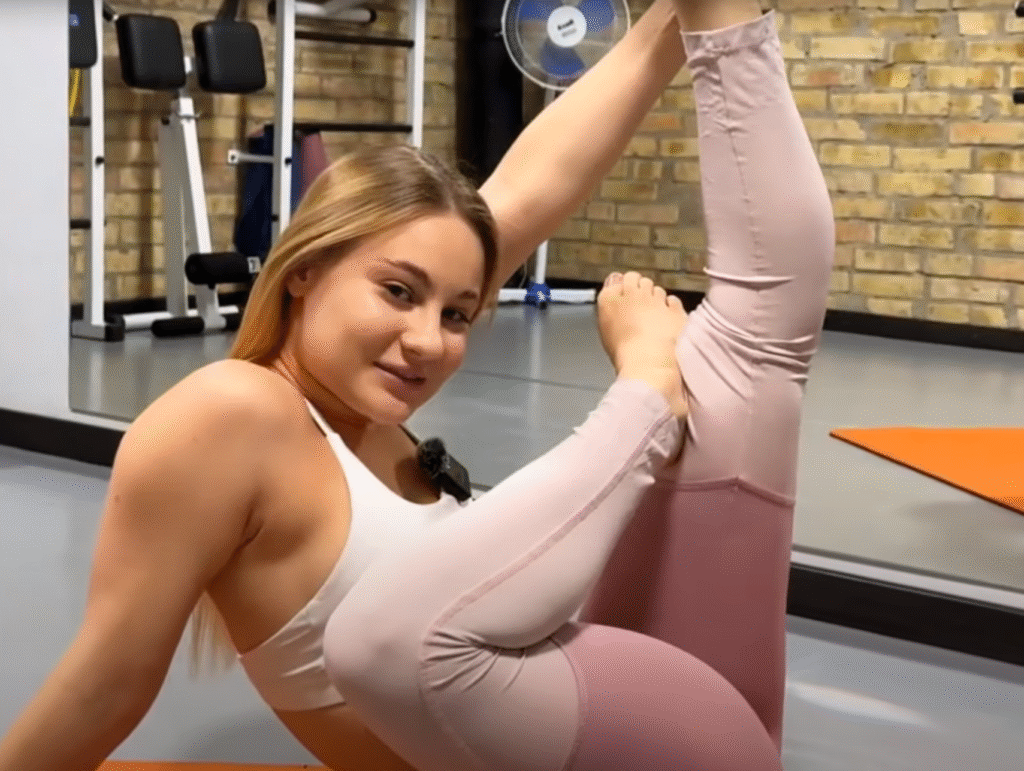
- Begin on all fours, then widen your knees as far as comfortable.
- Align shins and feet with your knees.
- Lower down to your forearms or hands, keeping your hips in line with your knees.
- Relax into the stretch, breathing deeply.
- Hold for 60 seconds.
👉 Benefits: Frog pose targets the inner thighs (adductors) and hips, key areas that limit middle splits. It’s one of the most direct stretches for building split flexibility.
Minute 3: Seated Straddle Stretch (Upavistha Konasana)
- Sit on the floor and open your legs wide in a straddle.
- Keep toes flexed and pointing upward.
- Sit tall, then gently hinge forward, walking your hands in front of you.
- Avoid rounding the back—focus on lengthening the spine.
- Hold for 60 seconds.
👉 Benefits: This pose mimics the middle split while strengthening hip stabilizers and deepening hamstring and adductor flexibility.
Key Principles for Success
- Consistency is everything. Even three minutes daily will create noticeable results if you stay committed.
- Warm up first. Light activity like jogging, squats, or hip circles helps protect muscles.
- Breathe with intention. Exhaling during stretches tells the body to release tension.
- Engage muscles actively. Flex your legs lightly during poses—don’t just relax passively.
- Avoid pain. Mild discomfort is normal, but sharp pain means you should back off.
A Routine for Beginners
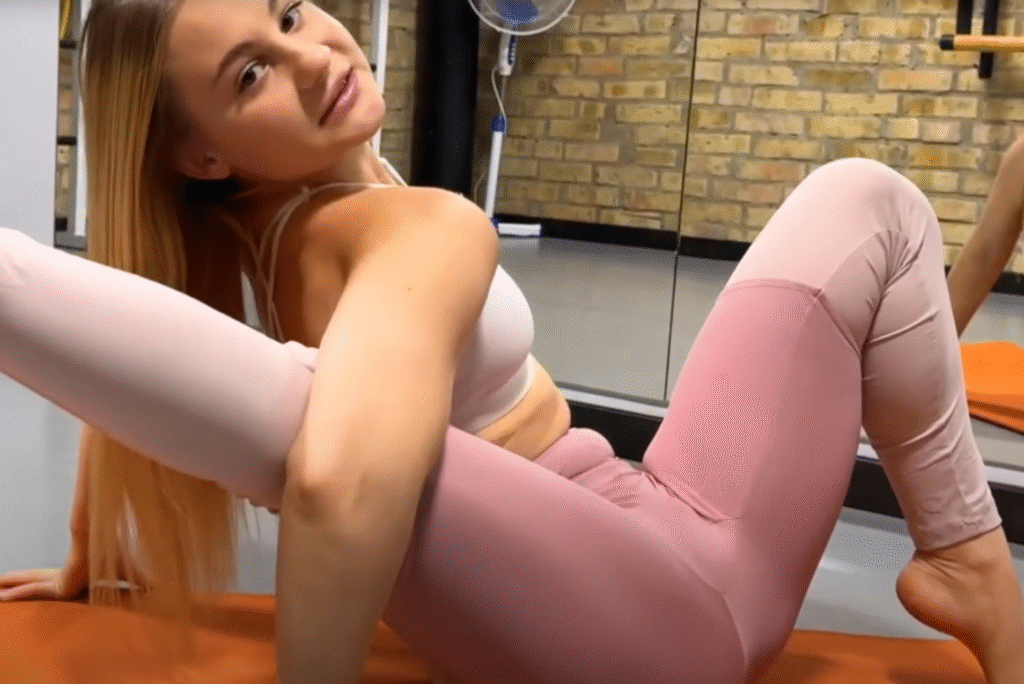
If you’re new to stretching, don’t worry—this flow is beginner-friendly. Use props like cushions or yoga blocks to support your body. For example, place a pillow under your hips in frog pose or keep your knees slightly bent in the wide forward fold. Focus on progress, not perfection. Even if your legs only open a few degrees wider after a few weeks, that’s a win worth celebrating.
A Routine for Athletes
For athletes, hip and hamstring flexibility is often the missing link in performance. Runners, fighters, football players, and lifters all benefit from middle split training. This flow can be used:
- Pre-workout for dynamic hip activation.
- Post-workout for recovery and reducing tightness.
- On rest days as a mini mobility session.
Athletes can also extend holds beyond one minute or add progressions like side lunges (Skandasana) for additional challenge.
The Mental Side of Hip Opening
Flexibility work isn’t just physical—it’s mental. The hips are often called the body’s “storage area” for stress and tension. When you practice hip-opening poses, you may notice a sense of release beyond just the muscles. A daily three-minute flow can become not only a physical routine but also a form of meditation, helping to calm the nervous system and improve focus.
The Advantage of 4K Guidance
Following along with a 4K yoga video ensures you see every detail of alignment, which is especially important in hip-opening poses. Subtle shifts—like keeping your toes flexed or maintaining a long spine—can make the difference between safe progress and painful mistakes. High-definition visuals also make the practice more engaging and motivating.
Long-Term Progression
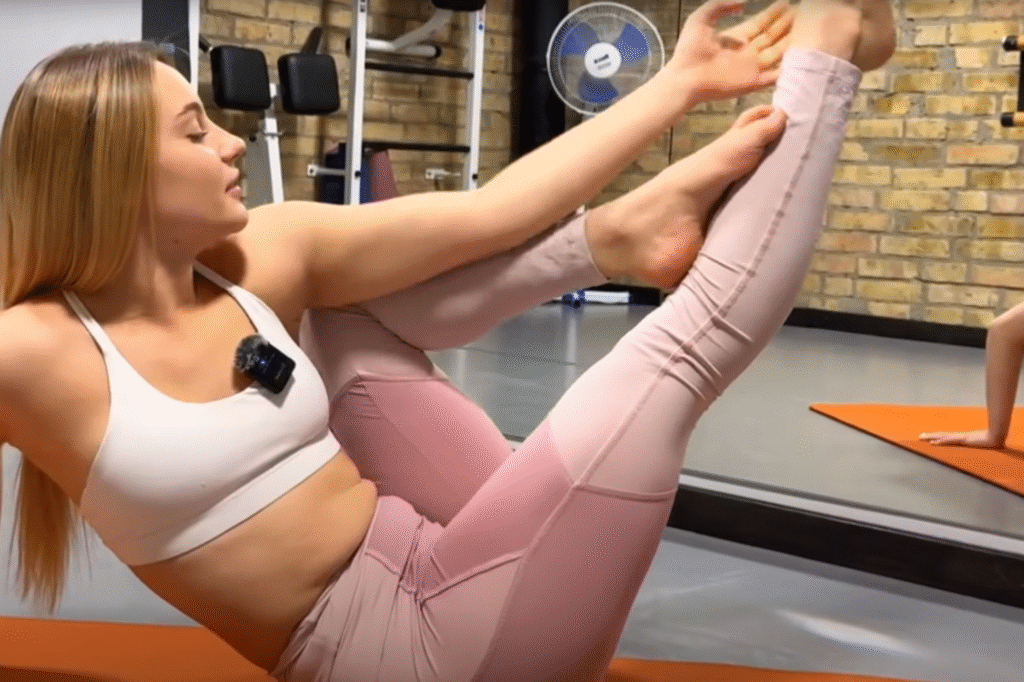
This flow is a starting point. As your flexibility improves, you can expand the routine gradually:
- Weeks 1–2: Stick to the 3-minute flow daily. Focus on breathing and posture.
- Weeks 3–4: Hold each pose for 90 seconds. Add gentle dynamic movements, like rocking in frog pose.
- Month 2: Include side lunges or standing straddle splits for variety.
- Month 3+: Start exploring full middle split holds with support, using blocks or pillows.
Progress is gradual, and everyone’s body is different. Some may reach full splits in months, while others may need a year or more. The journey itself brings benefits, even before achieving the full pose.
Common Mistakes to Avoid
- Skipping warm-up – Always activate the muscles first.
- Pushing too far – Flexibility should never be forced. Injuries set you back.
- Holding your breath – Breath control is key to relaxation.
- Neglecting daily practice – Sporadic stretching won’t deliver results.
- Slouching the spine – Always maintain posture in straddle stretches.
Why Just 3 Minutes Works
Flexibility is like brushing your teeth—it’s better to do a little every day than a lot once in a while. Three minutes is short enough to stay consistent, but powerful enough to produce progress if repeated daily. Think of it as a compound effect: small actions accumulating into major results.
Final Thoughts
The 3-Minute Daily Flexibility Flow for Middle Splits is a practical and effective way to improve hip mobility, stretch the legs, and build balance between strength and flexibility. With consistency, even busy people can work toward the middle split while enjoying the benefits of reduced stiffness, stronger posture, and greater freedom of movement.
This flow doesn’t just stretch your body—it reshapes the way you move, train, and feel. Whether you’re a beginner testing your limits or an athlete seeking a performance edge, these three minutes can be a game-changer.
Remember: flexibility isn’t about perfection, it’s about progress. Commit to the daily practice, breathe deeply, and let the journey unfold. The middle split will come, but the benefits start from day one.
